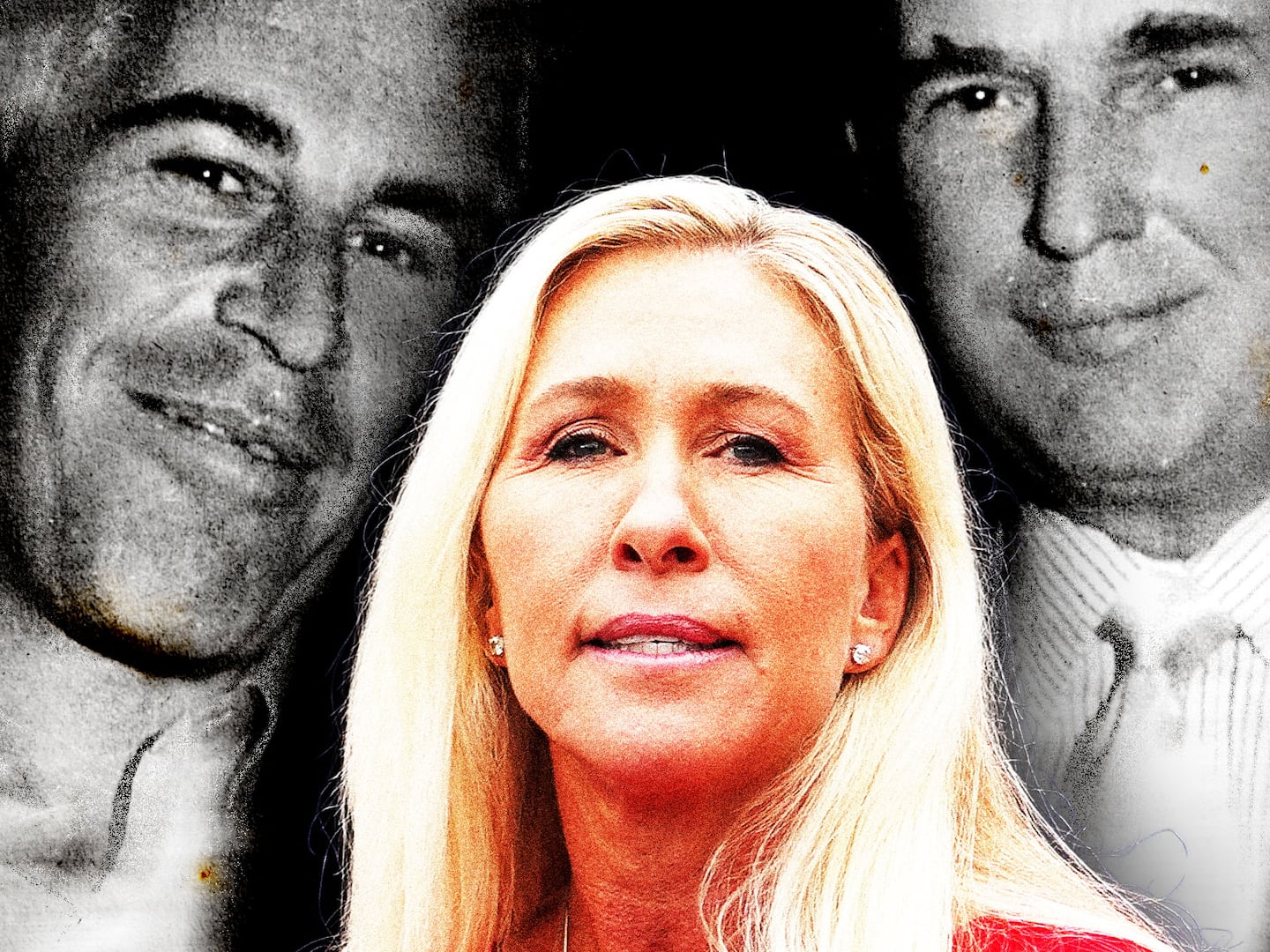Within weeks of the police murder of George Floyd last year, Johnathon McClellan was hard at work trying to make it harder for cops to kill people for no reason.
In previous years, McClellan told The Daily Beast, criminal justice reform was the sort of issue Minnesota state lawmakers would only discuss behind closed doors. But after a furious nationwide demand for changes to policing and for accountability, he believed past pipe dreams like ending qualified immunity for cops and making body-cam footage of killings immediately available might finally have their movement.
The bill that Gov. Tim Walz signed into law last July left in place policies like qualified immunity, a federal standard that effectively shields police from much civil litigation. But it did include a ban on chokeholds, and a requirement for officers to intervene if they witness another officer use unnecessary force on the job.
It also included a subtle but important change to statewide standards that would require officers to articulate “with specificity” why they feared for their lives when they chose to use deadly force. The new standard is now at the center of a lawsuit threatening to upend police reform in the state that catapulted the cause back into the national consciousness.
After the bill passed, police unions and others argued the new use-of-force language was unconstitutional because it denied officers their right to refuse to testify to avoid self-incrimination. They also argued its constitutional questions made it hard for police departments to train officers in the field.
After requests to the legislature to address the wording, a group of the largest law-enforcement unions and professional groups in the state filed a suit against Gov. Walz in July. The complaint alleges officers were given “fewer rights than ordinary citizens” as a result of the change and that police departments were only given a short window to implement it.
On Monday, a Ramsey County judge overseeing the case temporarily suspended the new use of force standard until the suit is resolved—and ruled police departments would revert back to the old standard for the time being. (The rest of the reforms remain in effect.)
Now activists across the state are crying foul, arguing cops are falling back on the oldest trick in the book to justify murder: I feared for my life.
“It’s like the most rehearsed line in law enforcement,” Michelle Gross, president of Communities United Against Police Brutality, an activist group in the state, told The Daily Beast. “You can’t deprive people of their lives and use some vague, unsubstantiated statement to justify it.”
In a court filing, Judge Leonardo Castro argued that although the law had not yet been applied to any officers in court, police shouldn’t have to wait for an officer to be charged with murder before finding out if the language passes constitutional muster.
“The uncertainty and insecurity would be unconscionable,” he wrote.
In response, four groups which are part of the lawsuit celebrated the decision in a joint statement on Tuesday.
“We’re pleased with the court’s decision and for progress toward improving this law. The Constitution protects us all, and it is important both law enforcement and their communities know the rules around deadly force,” said Minnesota Police and Peace Officers Association Executive Director Brian Peters.
Minnesota Sheriffs’ Association Executive Director Bill Hutton and Minnesota Chiefs of Police Association Executive Director Jeff Potts said “clarity” was required in the law.
“When it comes to laws regarding the use of deadly force, it is imperative that we get it right,” added Law Enforcement Labor Services Executive Director Jim Mortenson.
In a statement, a spokeswoman for Walz told The Daily Beast his office was reviewing Monday’s court order. “If a change to the police reform measure is needed, we will work with the Legislature on clarifying language,” the spokeswoman said.
Even some activists like McClellan who support the state’s tweaked policy call the change a “game of words.” Still, he argued the reform was set to “take the ambiguity” out of an officer’s decision to kill someone.
He said it would also help make sure police weren’t using deadly force based on “willy nilly” reasoning.
McClellan, the president of the Minnesota Justice Coalition, said he was surprised by the ruling, but not by what he described as the police groups’ attempts to thwart the reform. He said they only tend to support the sort of policies that officers can “hide behind when they break the law.” He also cast blame on Judge Castro, saying the ruling was an example of “the system protecting the system.”
Spokespeople for police groups in the state did not respond to a request for comment for this story.
Under the old law in Minnesota, deadly force was acceptable to protect an officer or anyone else from “apparent” death or “great bodily harm.” But in the revised statute, lawmakers deleted the word apparent, and also required officers to be able to articulate the threat of death they or anyone else faced, prove the threat was likely to occur without deadly force on their part, and also prove why the threat must have been addressed with deadly force “without unreasonable delay.”
Kalfani Ture, an assistant professor of criminal justice at Quinnipiac University and former law-enforcement officer in Georgia, said he believed the “spirit” of the change was sound. In his view, it would compel officers to “critically reflect” about their deadly use of force and why they didn’t use other options—rather than attempt to piece it together after the fact.
But Ture also said he believed Castro, the Ramsey County judge, wasn’t necessarily wrong in pressing pause.

Ture said that even the previous version of the law would eventually require an officer or their defense in a criminal trial or police report to articulate the “apparent” threat they believed they faced before taking a life. “Officers do not go to courts and just say they feared for their lives,” Ture said. “They give you some elements to their point of view, and then a judge or a jury decides if that is reasonable.”
Ture said there could be the potential for the legislature to reword things to provide more clarity, such as how soon an officer would have to provide their justification and to whom they have to provide it.
But he doesn’t imagine that is what police groups are really after with their lawsuit.
“In this hyper-polarized world, you don’t want to give any victories to anyone outside of law enforcement,” the professor told The Daily Beast.
That was certainly how activists on the ground saw the police challenge: as an attempt to ward off change, no matter how sensible or piecemeal. And if the lawsuit were ultimately successful at striking down the new standard, it remained to be seen if the activist groundswell that forced through change last summer could be revived.
“We’re the place where George Floyd was killed,” Gross said. “And yet every single attempt to address policing, professionalize it, and address the problems is resisted by these police unions.”







